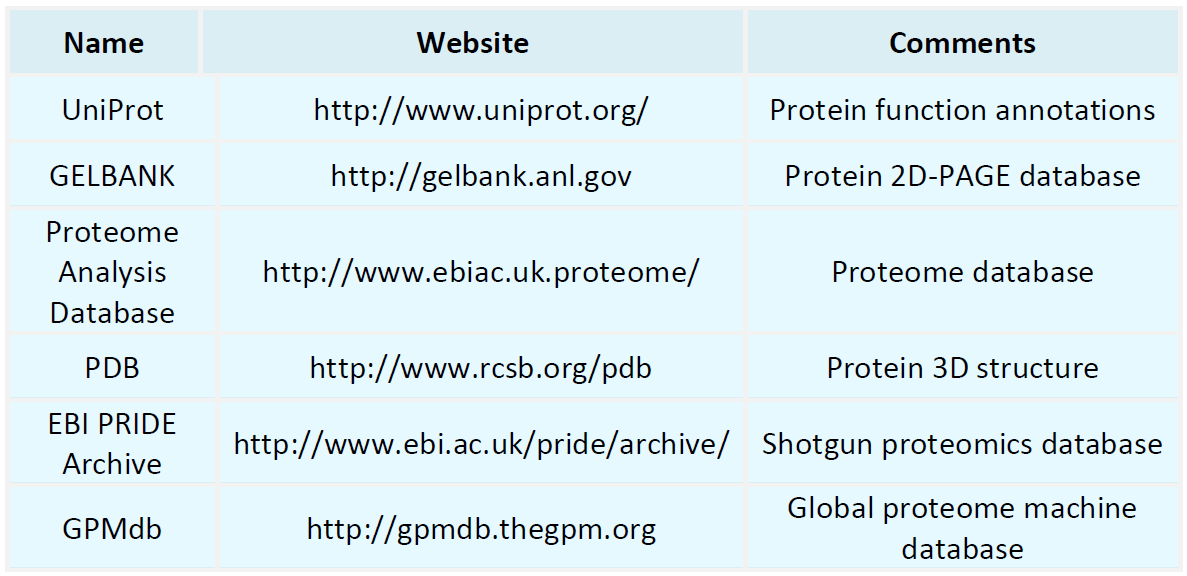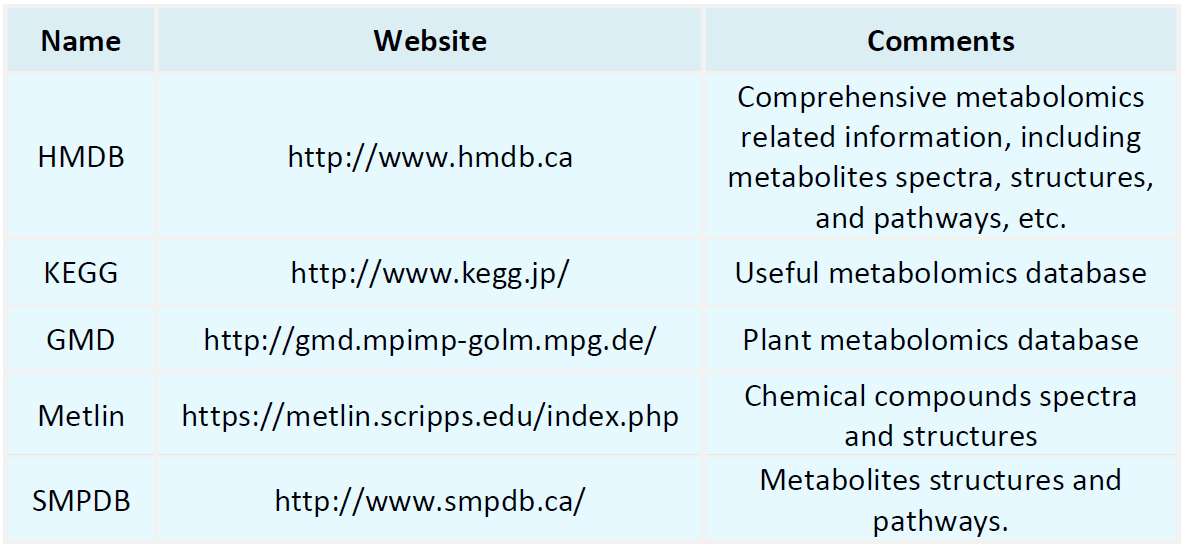Resources
Proteomics Databases

Metabolomics Databases

-
TMT multiplex is an advanced protein quantification technique designed to achieve relative quantification of multiple samples. TMT tags chemically bind to proteins or peptides, enabling researchers to distinguish proteins across different samples in mass spectrometry analysis. This technology has broad applications, spanning fields such as basic scientific research, drug development, and disease biomarker identification. In basic research, TMT multiplex provides a powerful tool for elucidating compl......
-
• Quantitative Protein Analysis
Quantitative protein analysis is designed to reveal the roles and dynamic variations of target proteins within biological systems by measuring their concentration or abundance in samples. This technology is widely applied across various fields, including basic research, drug development, disease diagnosis and treatment, and biomarker discovery. In basic research, quantitative protein analysis provides insights into the roles of proteins in various biological processes such as signal transduction, me......
-
Lipid pathway analysis is an advanced technique aimed at systematically studying the metabolic and signaling pathways of lipids within cells and organisms, revealing their critical role in cellular and physiological processes. Lipids serve as fundamental components of cell membranes and are also involved in energy storage and cellular signaling. Abnormal lipid metabolism is strongly linked to various diseases, including cardiovascular diseases, diabetes, obesity, and cancer. Thus, lipid pathway analys......
-
Isobaric mass spectrometry is an advanced analytical technique that uses isotopic labels to precisely measure and compare the molecular weights of compounds in a sample. By utilizing isobaric mass spectrometry, researchers can identify and quantify proteins in complex biological samples, revealing their expression levels and interactions within organisms. One of the primary applications of this technique is in the identification and validation of disease biomarkers. Isobaric mass spectrometry aids in ......
-
ICP-MS metal analysis is an advanced analytical technique that combines inductively coupled plasma (ICP) and mass spectrometry to detect and measure metals and select non-metallic elements in samples. The core principle involves ionizing elements through ICP, which is then analyzed using a mass spectrometer. ICP-MS plays a pivotal role across various fields, including environmental monitoring, food safety, biomedical research, geological studies, and materials science. In environmental monitoring, I......
-
GC-MS metabolomics is an advanced analytical technique that combines gas chromatography and mass spectrometry to systematically investigate small molecules in living organisms. These metabolites are key players in many biological processes and physiological functions. This technology not only characterizes the composition of metabolites but also reveals their changes under different physiological conditions, making it a powerful tool for understanding metabolic pathways and biochemical reactions in or......
-
Stable isotope labeling is a commonly used technique in biomolecular research, enabling precise tracing and quantification of biomolecules. This method relies on isotopes that share the same number of protons but differ in neutron count. While these isotopes exhibit nearly identical chemical properties, their subtle differences in physical properties allow for effective differentiation using mass spectrometry and other analytical techniques. Stable isotope labeling has broad applications, particular......
-
SRM mass spectrometry is a widely utilized analytical technique in proteomics research. Its development dates back to the mid-20th century, and with continuous advancements in mass spectrometry technology, it has been progressively refined. Today, it is an essential tool in many laboratories, serving as a powerful analytical method in scientific research. The applications of SRM mass spectrometry span multiple fields, including biomedical research, drug metabolism studies, environmental monitoring, an......
-
MRM assay is a mass spectrometry-based quantitative approach characterized by high sensitivity and specificity. It operates through a tandem scanning mode in triple quadrupole mass spectrometry, where a precursor ion is selected, fragmented via collision-induced dissociation (CID) to produce a specific product ion, and subsequently analyzed through designated ion transitions for highly selective quantification. Compared to traditional full-scan mass spectrometry, MRM assay provides superior selectivit......
-
• Small Molecule Target Identification
Small molecule target identification is the process of identifying the biological targets of small molecule compounds using experimental techniques or computational approaches, typically involving biomolecules such as proteins, DNA, or RNA. Small molecule drugs play a central role in modern drug development, primarily by binding to specific targets and modulating biological processes to achieve therapeutic effects. However, during drug screening, the precise molecular targets of small molecules are of......
How to order?







